Market Growth Projections
The Global Refrigerant Market Industry is poised for substantial growth over the coming years. Projections indicate that the market will reach 25.2 USD Billion in 2024 and is expected to expand further to 52.5 USD Billion by 2035. This growth trajectory suggests a compound annual growth rate of 6.9% for the period between 2025 and 2035. Factors contributing to this growth include increasing demand for cooling solutions, regulatory changes favoring low-GWP refrigerants, and advancements in technology. As the industry evolves, it is likely to witness significant transformations driven by these dynamic market forces.
Rising Awareness of Energy Efficiency
Energy efficiency is becoming a critical consideration in the Global Refrigerant Market Industry. As energy costs continue to rise, both consumers and businesses are seeking solutions that reduce energy consumption while maintaining optimal performance. The adoption of energy-efficient refrigerants can lead to significant cost savings and lower operational expenses. Furthermore, regulatory incentives for energy-efficient systems are encouraging manufacturers to innovate and develop refrigerants that enhance system efficiency. This focus on energy efficiency is expected to contribute to a compound annual growth rate of 6.9% from 2025 to 2035, reflecting the industry's commitment to sustainability and performance.
Growing Demand for Air Conditioning Systems
The rising global temperatures and increasing urbanization are propelling the demand for air conditioning systems, which in turn fuels the Global Refrigerant Industry. As more households and commercial spaces seek effective cooling solutions, the need for efficient refrigerants becomes paramount. According to projections, the market is expected to grow significantly, reaching 52.5 USD Billion by 2035. This surge in demand is particularly evident in emerging economies, where the adoption of air conditioning is on the rise. Consequently, manufacturers are compelled to innovate and provide refrigerants that meet both performance and environmental standards.
Regulatory Compliance and Environmental Standards
The Global Refrigerant Market Industry is increasingly influenced by stringent regulatory frameworks aimed at reducing greenhouse gas emissions. Governments worldwide are implementing policies that phase out high Global Warming Potential refrigerants, such as hydrofluorocarbons (HFCs). For instance, the Kigali Amendment to the Montreal Protocol mandates a reduction in HFC consumption, which is expected to drive the adoption of low-GWP alternatives. This regulatory push not only fosters innovation in refrigerant technology but also aligns with global sustainability goals, potentially enhancing market growth as companies adapt to comply with these evolving standards.
Shift Towards Sustainable Refrigeration Practices
There is a noticeable shift towards sustainable refrigeration practices within the Global Refrigerant Market Industry. Businesses are increasingly recognizing the importance of adopting eco-friendly refrigerants that minimize environmental impact. This trend is driven by consumer awareness and corporate responsibility initiatives aimed at reducing carbon footprints. For instance, many companies are transitioning to natural refrigerants like ammonia and carbon dioxide, which are not only sustainable but also cost-effective in the long run. This shift is likely to reshape the market landscape, encouraging further investment in sustainable technologies and practices.
Technological Advancements in Refrigerant Solutions
Technological innovation plays a pivotal role in shaping the Global Refrigerant Market Industry. The development of new refrigerants, such as hydrofluoroolefins (HFOs) and natural refrigerants, is gaining traction due to their lower environmental impact. These advancements are not only improving energy efficiency but also enhancing the performance of cooling systems. For example, the introduction of HFO-1234yf has been a game changer in the automotive sector, offering a sustainable alternative to traditional refrigerants. As technology continues to evolve, it is likely to drive market expansion, with the industry projected to reach 25.2 USD Billion in 2024.


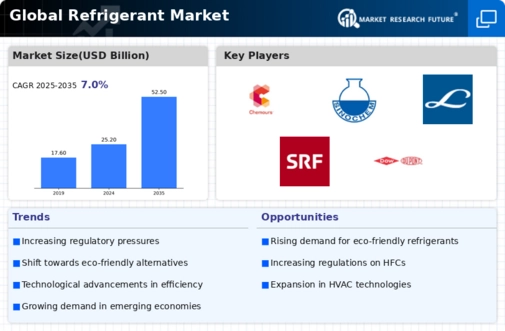
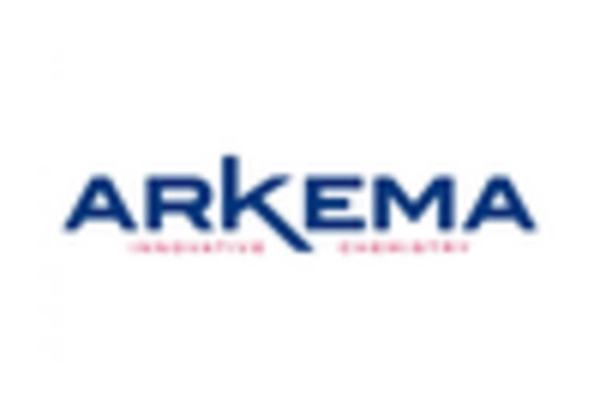

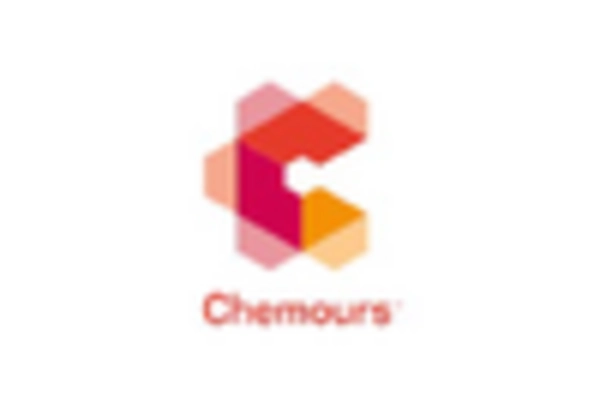
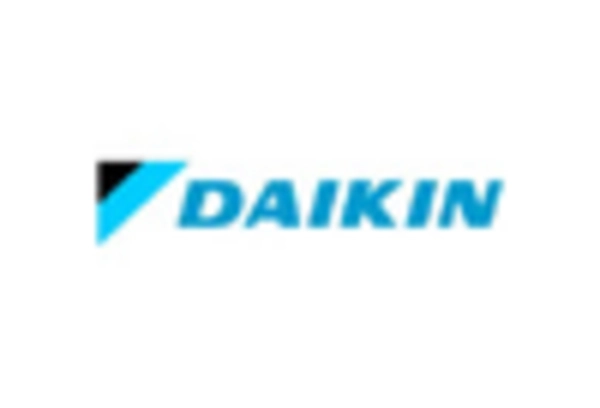

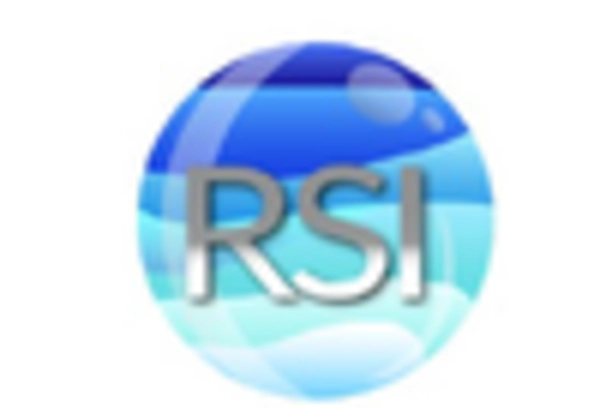








Leave a Comment